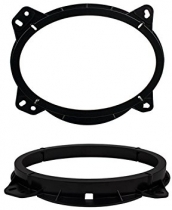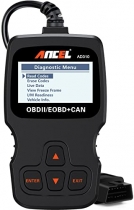-
Welcome to Tacoma World!
You are currently viewing as a guest! To get full-access, you need to register for a FREE account.
As a registered member, you’ll be able to:- Participate in all Tacoma discussion topics
- Communicate privately with other Tacoma owners from around the world
- Post your own photos in our Members Gallery
- Access all special features of the site
Rear bumper painting walkthrough
Discussion in '2nd Gen. Tacomas (2005-2015)' started by BlackBeerd, Jun 19, 2016.


 2Questions, Headlight adjustment N Trailer pigtail
2Questions, Headlight adjustment N Trailer pigtail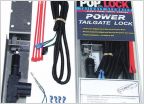 Tailgate Lock
Tailgate Lock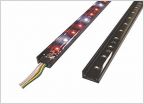 Rear LED Amber light strip for turn signals
Rear LED Amber light strip for turn signals Blower Motor Resistor Connector
Blower Motor Resistor Connector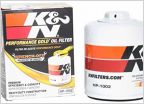 Oil change
Oil change Personal observation about the HVAC system and the mildew odor
Personal observation about the HVAC system and the mildew odor






























